From the Top End to Tasmania, on land and in water, autumn is the season of migrations, great and small.
Holidays are over for us humans, but everywhere across the continent animals are preparing to set off on their own!
The autumn months bring changes in winds and ocean currents, weather and food supplies. With our fridges, pantries and heaters, we can cope with these changes in conditions. Not so our wildlife, many of which will need to migrate to chase food and fairer weather.
Adult short-finned eels are already making their epic northern migration from southeastern rivers to the Coral Sea to spawn. Their eyes have grown bigger to allow them to see as they swim deep below the East Australian Current, which their offspring will ride back south. Learn more in this short film we produced for the First Friends of Dandenong Creek.
On coasts and inland wetlands across the continent, migratory shorebirds are cramming down as many worms, insects and crustaceans as they can before departing for the massive trip to their Arctic breeding grounds. They will almost double their body weight as they build up vital reserves of fat and muscle in the lead-up to their journey. Amazingly, the birds’ digestive organs and leg muscles will shrink before take off, minimising the weight they need to carry on their epic journey. Learn more with our partner Microlight Milly at Wing Threads, who we featured in this short film for the ABC.
Spare a thought for adult Little Penguins in late February and March, who have stocked up too, but not for any great migration. Instead, they are stuck on land, fat, itchy and uncomfortable in this late summer heat as they moult and replace every one of their feathers in what is known as a ‘catastrophic moult’. Without their sleek, waterproof feather dry-suit, they can’t go to sea to hunt during this two week ordeal. I have never seen anything look as miserable and uncomfortable as a moulting penguin. Seriously.
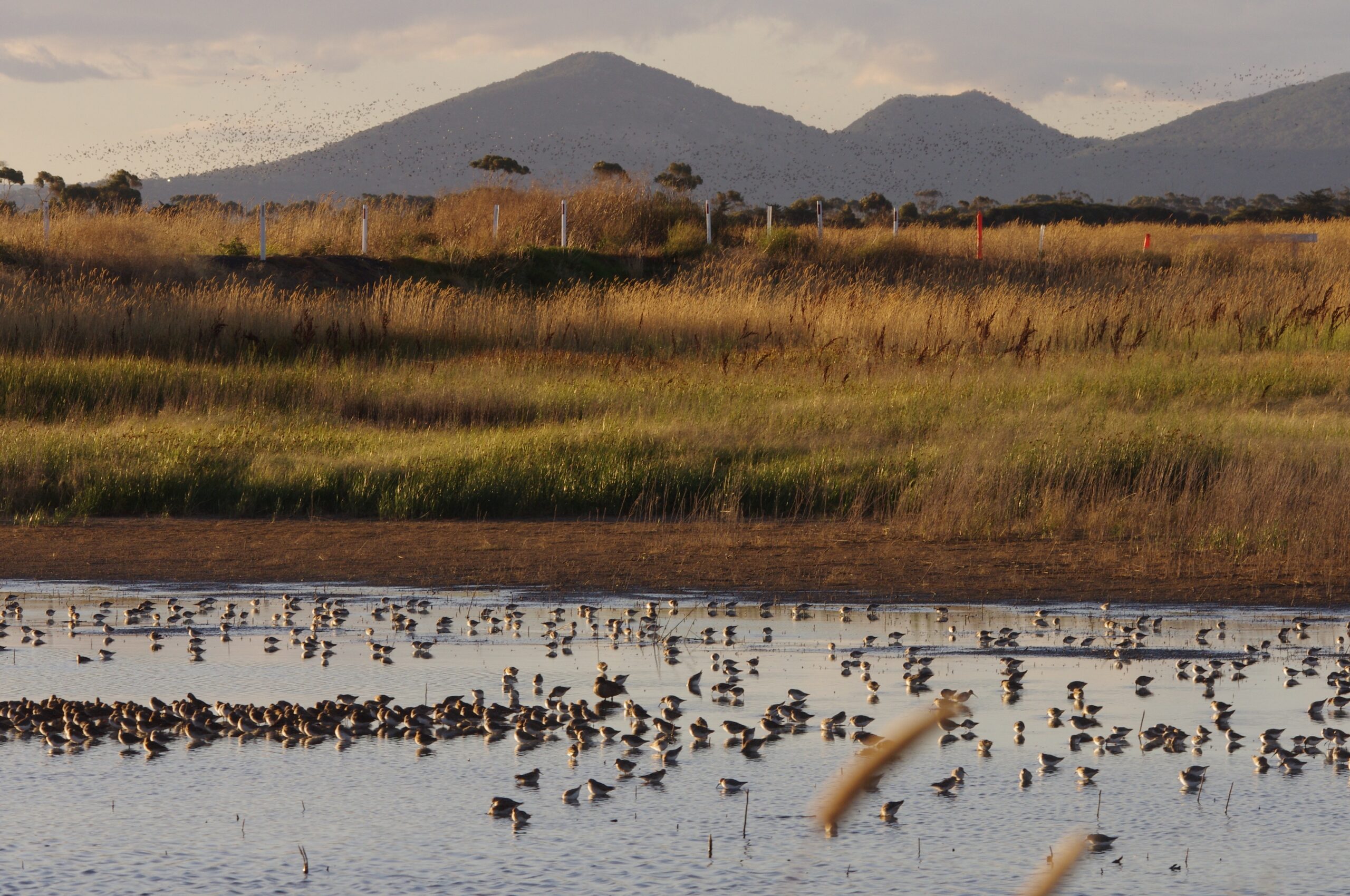
Terrestrial birds big and small will make the journey from Tasmania to the mainland, across the treacherous Bass Strait. Look up for flocks of tiny pardalotes and silvereyes, calling as they fly, as well as Critically Endangered Swift Parrots and Orange-bellied Parrots, and even scores of Swamp Harriers!
This reflects a general northward shift amongst many of our woodland birds, with some Queenslanders hopping over to Torres Strait Islands, and individuals from further south taking their place.
Meanwhile, robins, currawongs and other altitudinal migrants flock up and swap the cold slopes of the Great Dividing Range for warmer, more productive territories in lowland forests, farmland and towns.
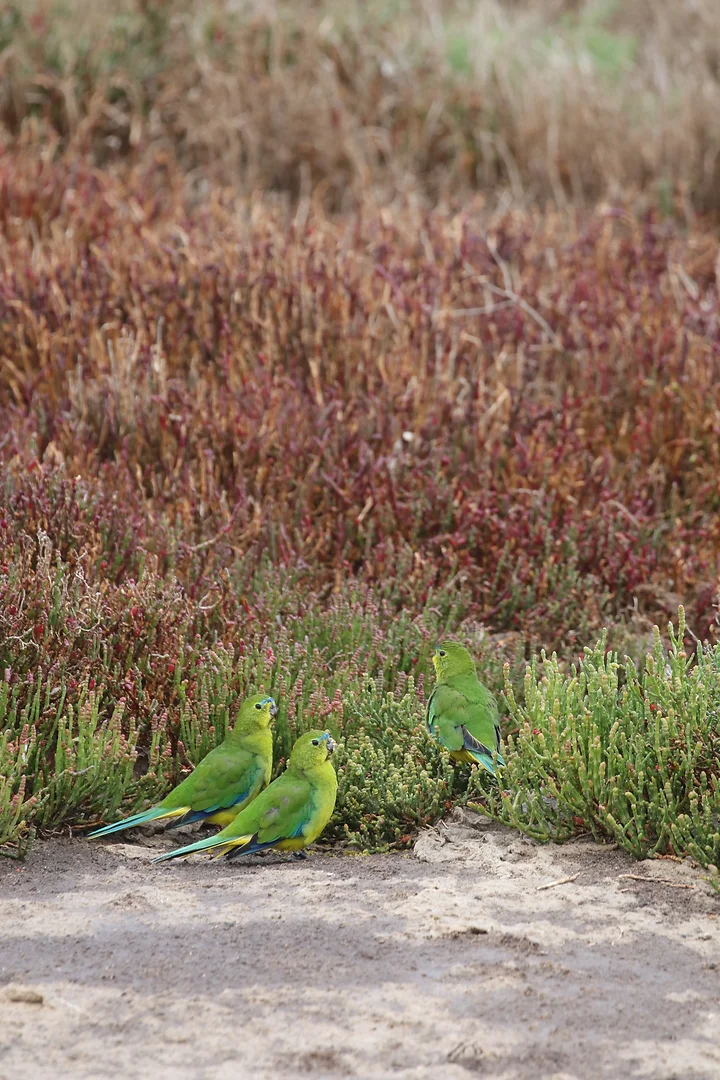
Late March signals the beginning of the Whale Shark aggregation on Western Australia’s Ningaloo Reef. Drawn to a filter feeder’s feast of phytoplankton, crustaceans and tiny fish, they will be joined by masses of Manta Rays and Humpback Whales later in May.
In April, adult Short-tailed Shearwaters will depart Bass Strait breeding sites en masse to spend the northern summer fishing in the Bering Sea! They leave behind their fat chicks to finish growing, learn to fly and make the 15,000 km journey on their own weeks later.
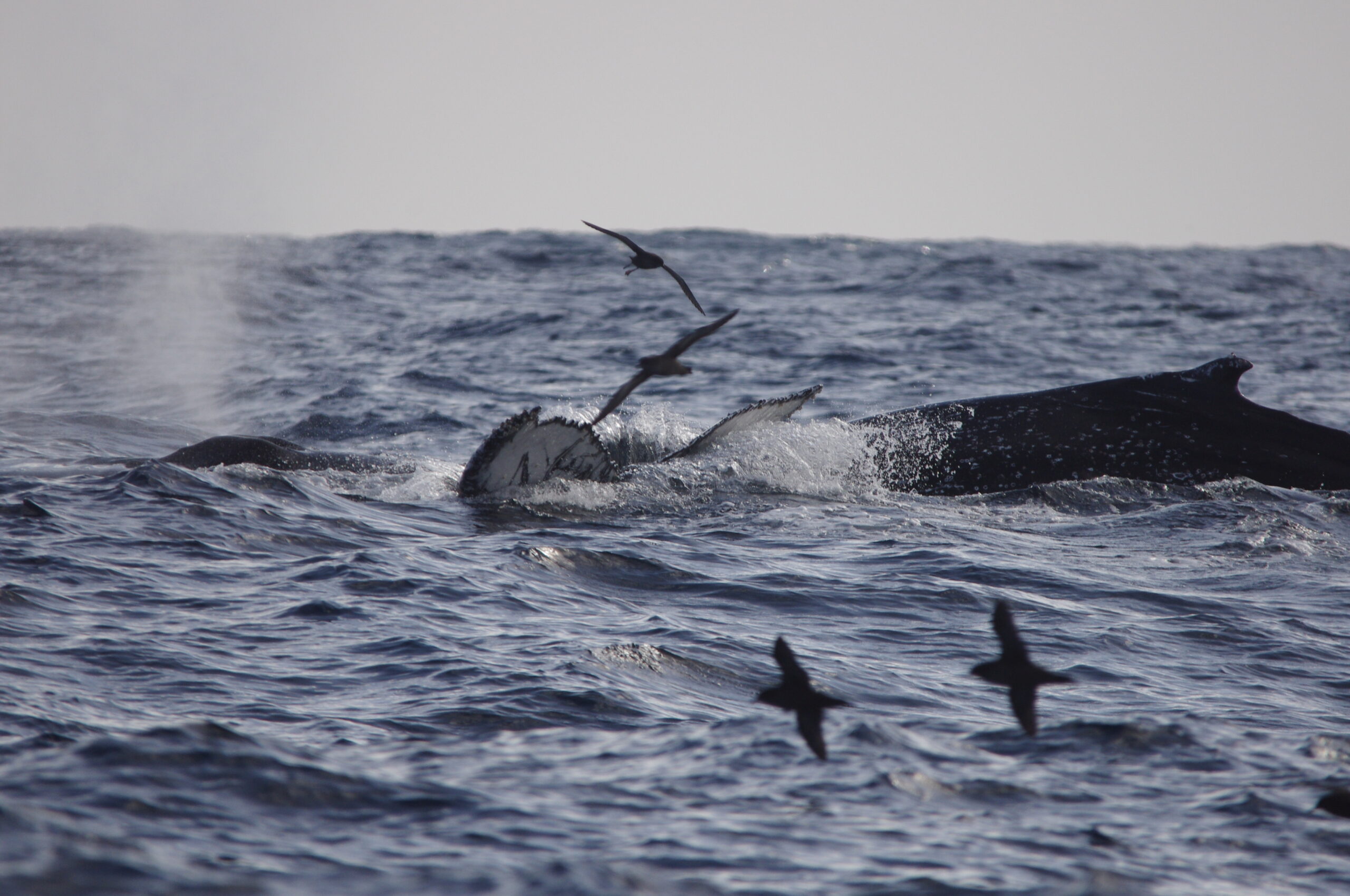
Later in April and May Southern Right Whales will be arriving in sheltered bays in the Great Australian Bight to calve, while Humpback Whales head up the east coast to calving grounds in northern NSW and Queensland.
And, on the first full moon in May or June, thousands of Great Spider Crabs will aggregate in the sheltered waters of Port Phillip Bay, gathering in numbers to shed their shells. Learn more here, and join the Spider Crab Watch and Zooniverse citizen science projects investigating this annual phenomenon!
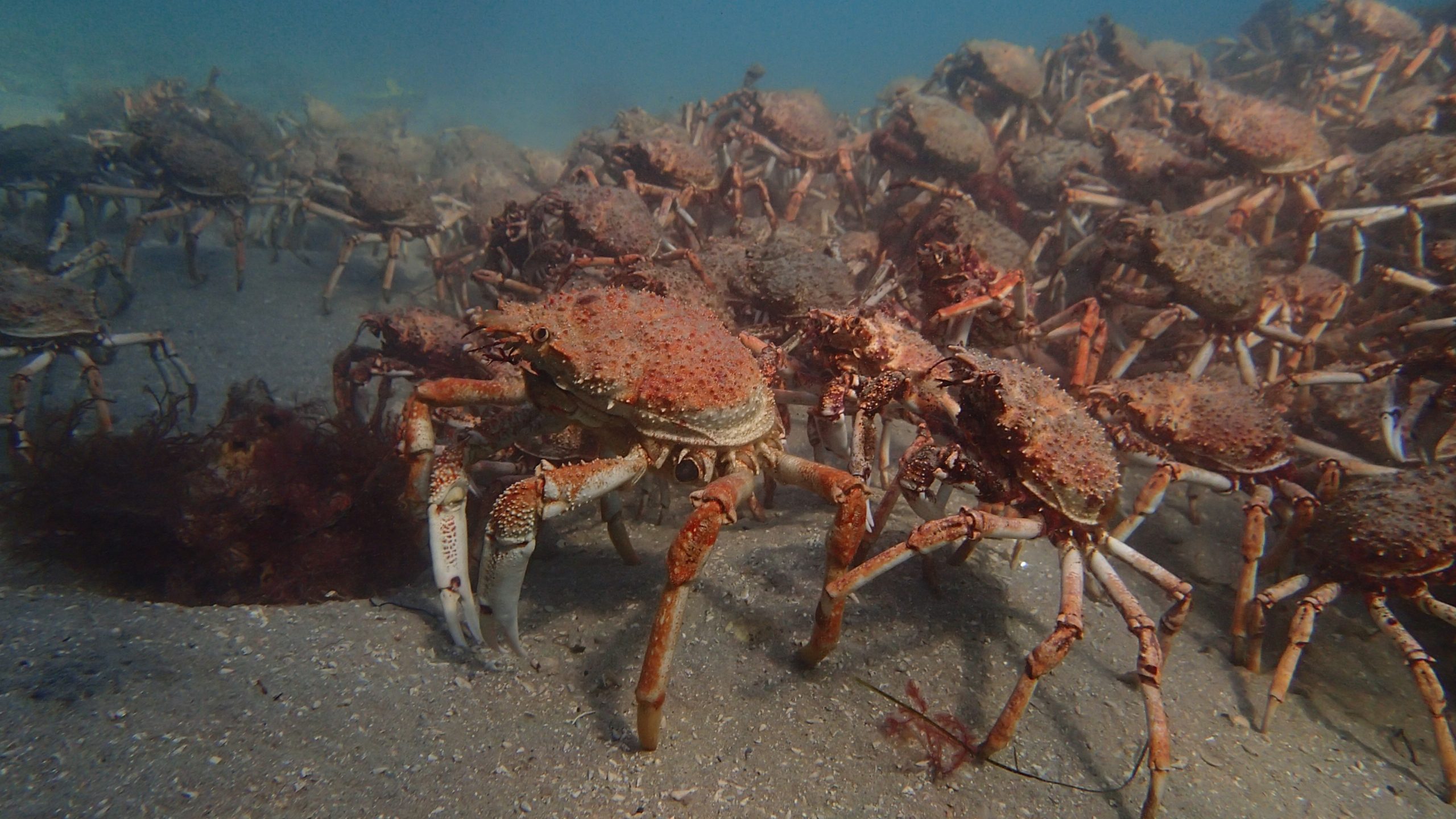
In southern Australia, keep an eye out for the mass emergence of enormous Rain Moths from the ground on – you guessed it – rainy nights. You might be lucky enough to come across one of the huge, grey moths resting amongst the leaf litter, or spot their brown, papery cocoons protruding from the ground. Though their caterpillars, known by fishermen as bardi or bardee grubs, can live for many years, the adult moths have just one day to find a mate and lay their eggs, hence the need for their synchronous emergence!
And if you’re on the southern coast, look seawards on May days when frigid southern winds blow on shore. Down south, May is the most productive month for ‘seawatching’ for oceanic seabirds such as albatross, petrels and storm-petrels, and those awful onshore winds bring them closest to the cliffs.

What do you look for to tell you the seasons are changing? Explore some local, Indigenous seasonal knowledge here. Try making a calendar wheel with your own observations, using this template! And make sure to tag @rememberthewild and #rememberthewild on Instagram to share your observations and nature moments with us!
Banner image is of Short-tailed Shearwaters feeding in Bass Strait, Victoria. Except where otherwise indicated, all photos by Cathy Cavallo, Remember The Wild.

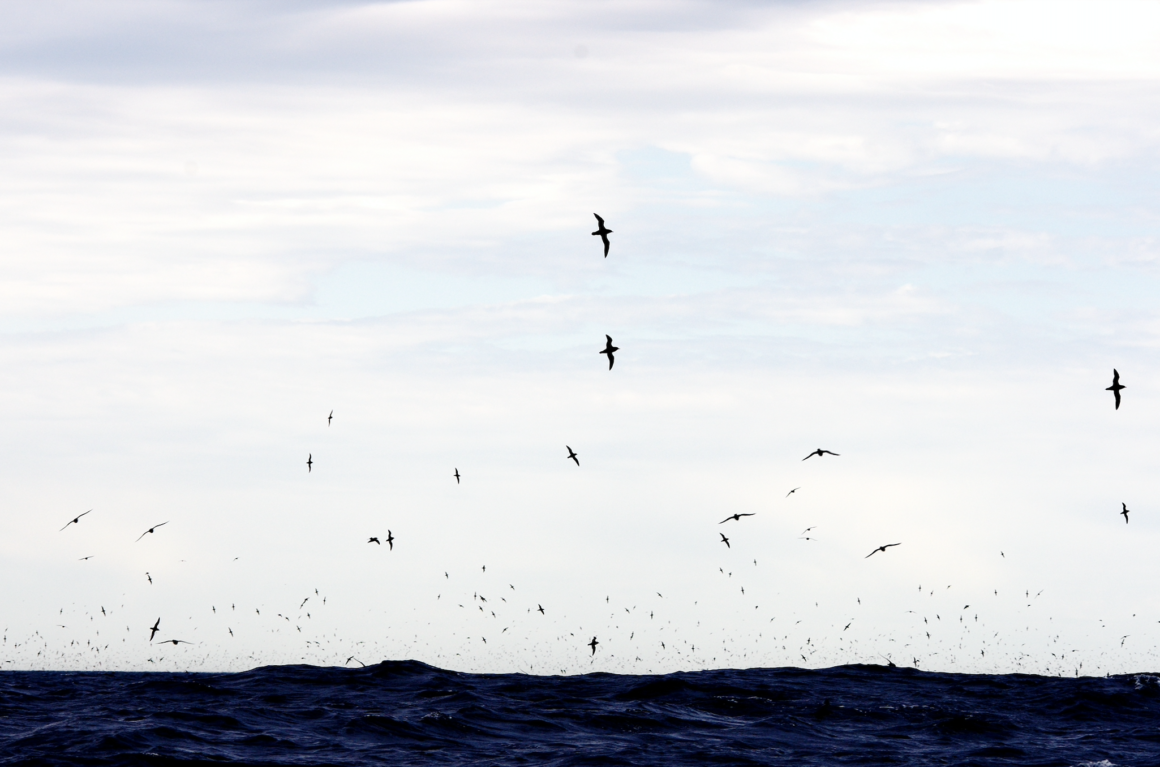
Leave a Reply